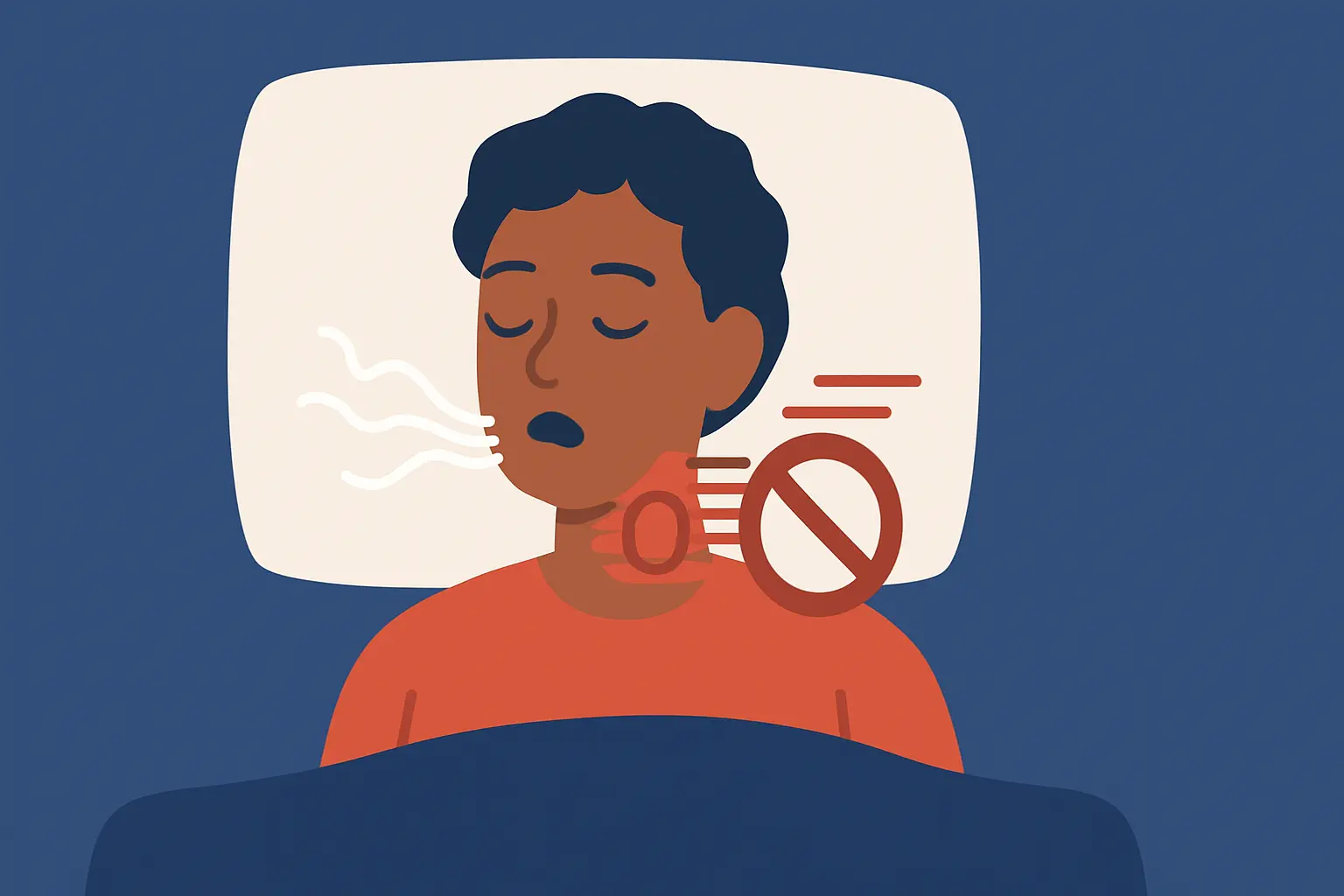Natural Snoring Remedies: Lifestyle, Devices, and Behavioral Techniques
Snoring affects millions globally, not only disturbing sleep but also increasing the risk of sleep apnea, cardiovascular issues, and daytime fatigue. While CPAP machines and surgery are common solutions, many people benefit from natural remedies and lifestyle adjustments.
Understanding Snoring Mechanisms
Snoring occurs when airflow is partially obstructed during sleep, causing soft tissue vibrations in the airway. Common contributing factors include:
- Excess weight: Increases fatty tissue around the neck
- Nasal congestion: From allergies or sinus issues
- Alcohol and sedatives: Relax throat muscles, increasing airway collapse
- Sleep position: Supine sleeping can worsen airway obstruction
Data Insight: According to the 2024 American Sleep Association report, 35% of adults report habitual snoring, with 60% of overweight men affected, highlighting the importance of lifestyle interventions.
Recent Insights from Sleep Conferences
- 2023 World Sleep Congress (Rome): Highlighted non-invasive interventions such as positional therapy and myofunctional exercises for snoring reduction.
- 2024 Sleep Medicine Society Symposium (Chicago): Emphasized the role of personalized behavioral therapy combined with digital monitoring apps to enhance patient adherence.
Natural Remedies and Behavioral Techniques
- Weight Management: Reducing neck fat decreases airway obstruction.
- Sleep Position Training: Elevating the head or sleeping on the side can significantly reduce snoring.
- Throat and Tongue Exercises (Myofunctional Therapy): Strengthens airway muscles; recent studies show a 50% reduction in snoring intensity after 6 weeks.
- Nasal Strips and Dilators: Improve airflow for congestion-related snoring.
- Limit Alcohol and Sedatives: Avoid at least 4–6 hours before bedtime.
- Digital Monitoring: Apps like SnailSleep can record snoring, track sleep quality, and suggest behavioral adjustments.
Real-Life Example: Laura’s Snoring Improvement
Laura, a 40-year-old teacher, snored nightly, disturbing her partner’s sleep. She combined side-sleeping positional training, nightly myofunctional exercises, and weight reduction. After 8 weeks, her snoring frequency decreased by 70%, confirmed via sleep tracking app data, and her partner reported uninterrupted sleep.
Data Visualization Suggestions
- Bar chart: Snoring intensity before and after myofunctional therapy
- Pie chart: Causes of snoring by population demographics
- Line graph: Weekly improvement in snoring frequency over 8 weeks
Unique Insight
While many remedies focus on the physical airway, recent evidence suggests integrating behavioral, positional, and lifestyle interventions provides the most sustainable improvement. Relying solely on devices without lifestyle adjustments often results in relapse.
Moreover, digital monitoring tools allow for personalized feedback, enabling patients to see measurable results and maintain motivation — a key factor highlighted in the 2024 Sleep Medicine Society Symposium.
Related Articles
- How to Stop Snoring Naturally — Real Tips That Actually Work
- Snoring Causes and Solutions: Beyond Annoying Sounds
- Tracking Your Sleep with Technology: A Step-by-Step Guide

